In the vast and mysterious realm of the ocean, some mammals have evolved to accomplish phenomenal feats, pushing the boundaries of natural abilities. Among these astonishing creatures is the Cuvier’s beaked whale, known for its record-setting diving capabilities. This marine marvel can stay submerged for over three hours, capturing the curiosity and admiration of scientists and ocean enthusiasts alike. Understanding the unique adaptations and behaviors of this extraordinary mammal not only sheds light on the vast potential of marine life but also on the complex ecosystems of our oceans.
The Record-Breaking Dive
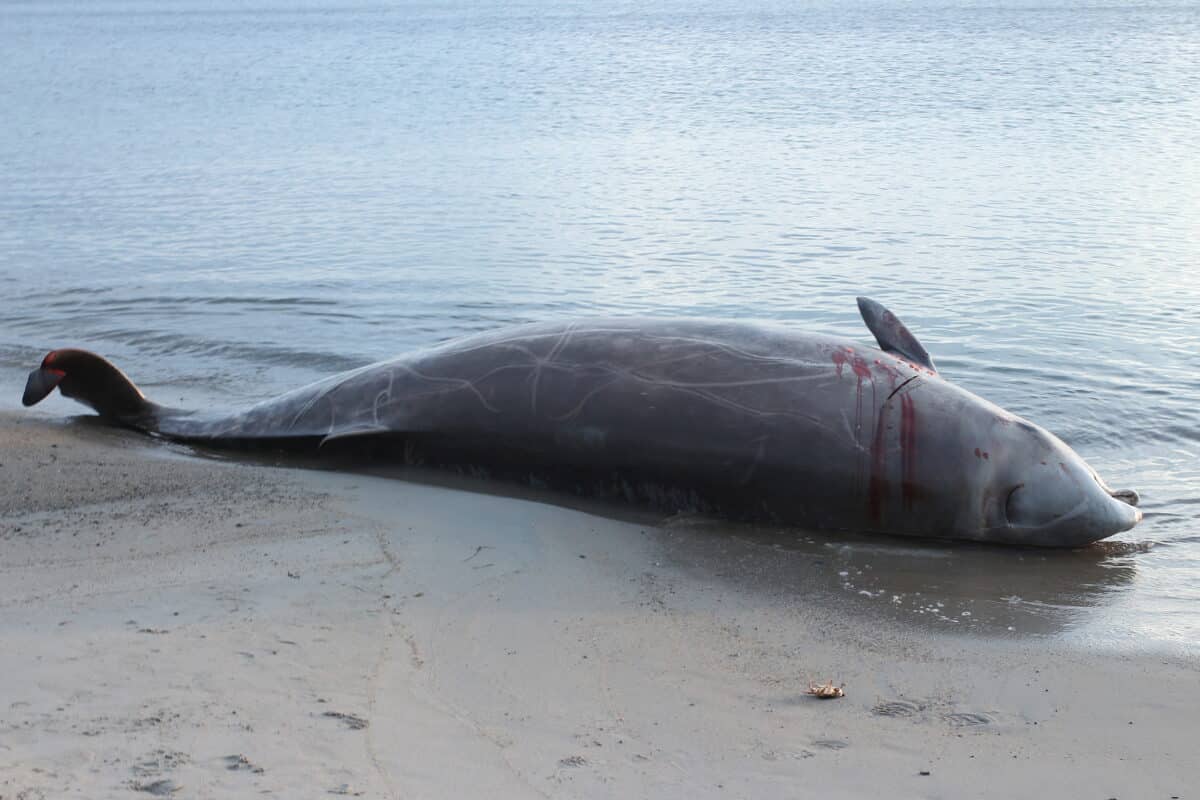
Cuvier’s beaked whale holds the title for the deepest and longest dives among mammals, with recorded descents reaching astonishing depths of nearly 3,000 meters (approximately 9,800 feet) and dive durations that exceed three hours. These records reflect not only the physiological adaptations these whales possess but also the mysteries of the ocean’s depths that they reveal through their dives.
Morphological Marvels
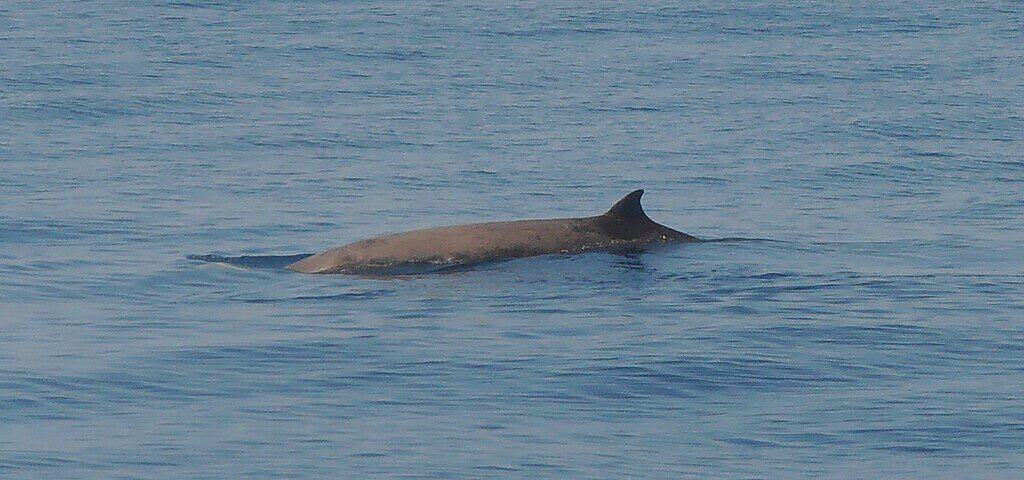
The physical build of Cuvier’s beaked whales contributes significantly to their diving prowess. They possess a streamlined body shape that minimizes water resistance, aiding in efficient deep dives. Additionally, their small dorsal fin is positioned far back on their bodies, which may help in navigating the pressures of deep-sea environments.
Respiratory Mastery

The ability to hold their breath for extended periods is a hallmark of the Cuvier’s beaked whale. Unlike humans who rely on the diaphragm and ribcage for breathing, these whales have special adaptations that allow efficient oxygen exchange and conservation while minimizing nitrogen absorption that can lead to decompression sickness.
Adaptations to Extreme Pressure
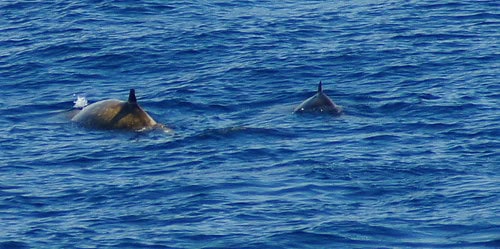
One of the most remarkable aspects of these whales’ biology is their ability to withstand the extreme pressures encountered at the depths they dive to. Their flexible ribcage allows lungs to collapse safely under high pressure, a necessary adaptation to avoid injury and conserve oxygen for prolonged and profound excursions below the ocean’s surface.
Navigating the Darkness
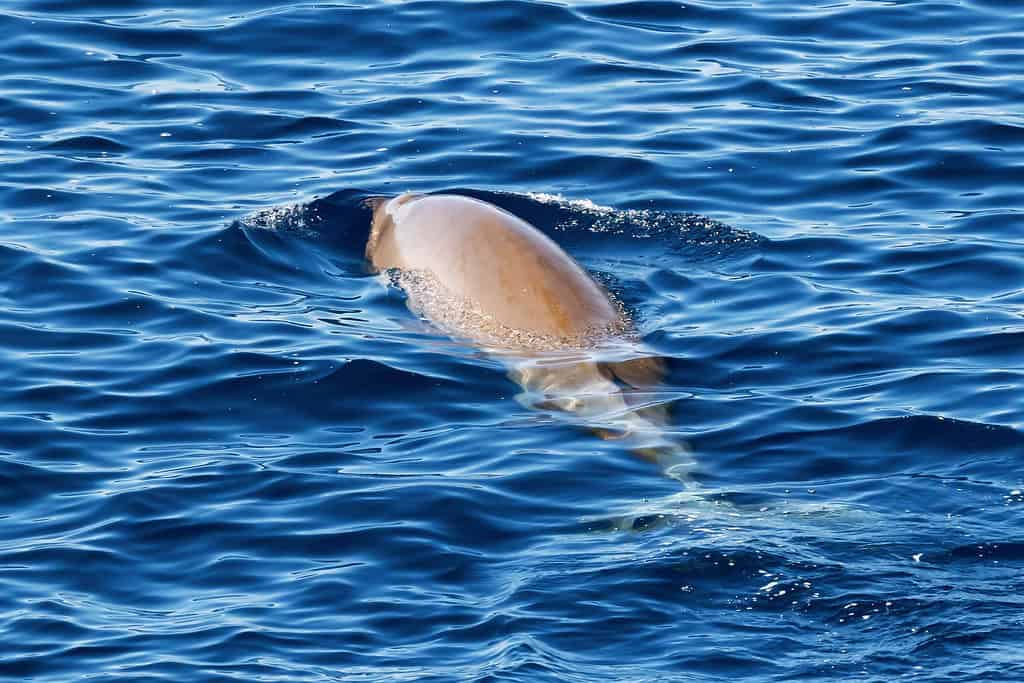
In the dark, mysterious depths where light fades away, Cuvier’s beaked whales rely on echolocation rather than vision to navigate and hunt. By emitting clicks and listening for returning echoes, they are able to map their surroundings and locate prey, providing insights into how life thrives in one of Earth’s most extreme environments.
Feeding Habits and Preferences
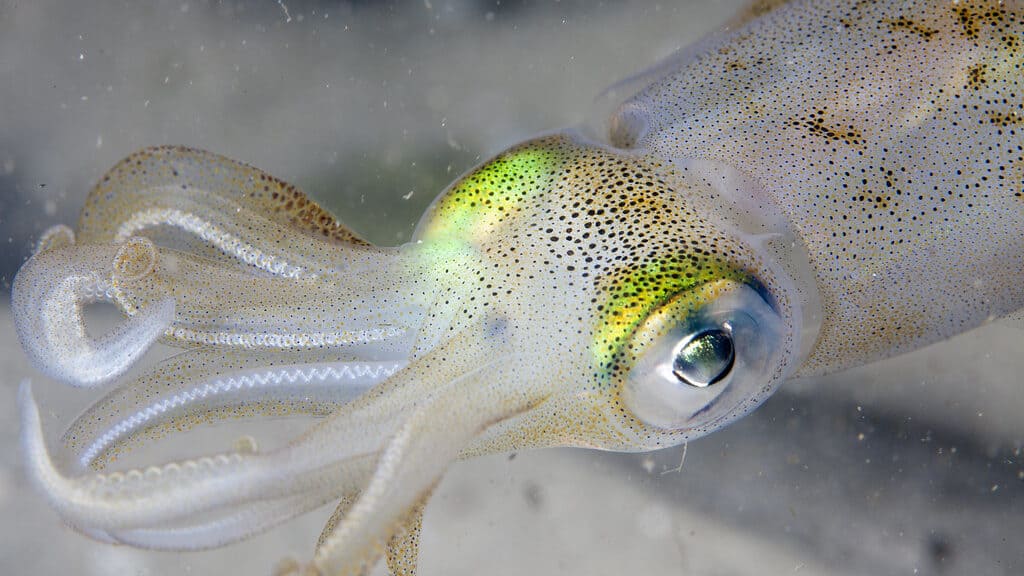
Primarily feeding on squid and deep-sea fish, Cuvier’s beaked whales are adept hunters of the abyss. Their prolonged dives are often in pursuit of these prey, utilizing their advanced echolocation abilities to detect and capture food sources unavailable to many other marine predators.
Social Structures and Behavior

Typically observed in small pods, Cuvier’s beaked whales display complex social structures. These networks support cooperative hunting strategies and social bonding, which are crucial for survival in the vast, uncharted territories of the ocean depths.
Conservation Concerns and Threats
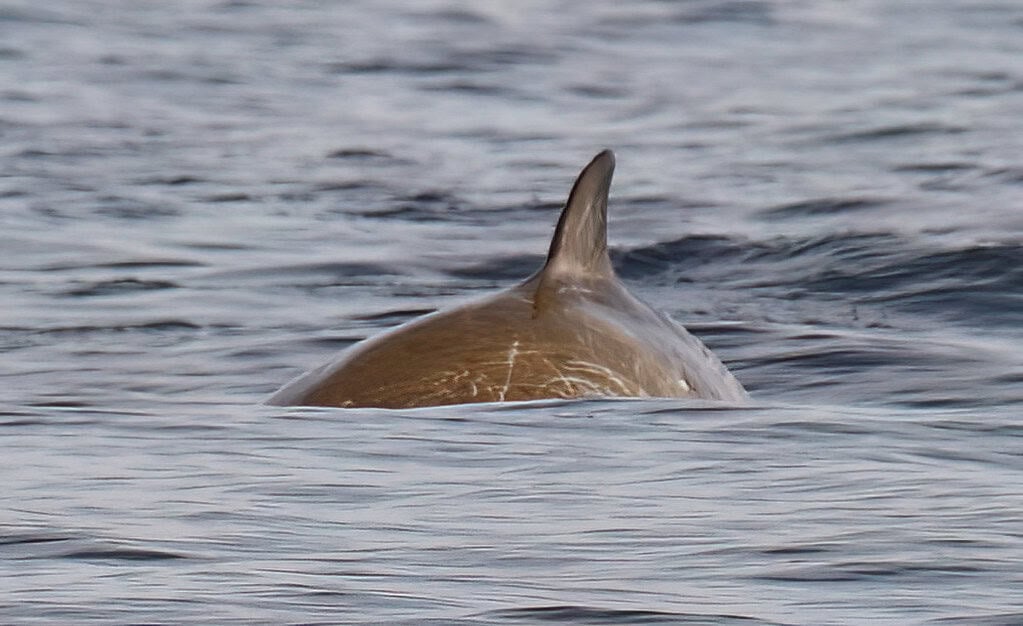
Despite their resilience, Cuvier’s beaked whales face numerous threats from human activities, such as ocean noise pollution, which can interfere with their echolocation. Additionally, climate change poses a risk to their deep-sea habitats, impacting the distribution of their prey and potentially shifting their migratory patterns.
Research and Tracking Techniques

Ongoing research and technology, like satellite tagging and acoustic monitoring, play crucial roles in unveiling the lives of these elusive creatures. Understanding their migration patterns, diving behaviors, and social interactions informs conservation efforts and highlights the need for protecting their natural habitats.
The Significance of Cuvier’s Beaked Whales in Marine Ecology

These whales are vital to marine ecosystems, impacting prey populations and maintaining oceanic balances. Studying them not only enhances our understanding of deep-sea environments but also emphasizes the interconnectedness of marine life and the importance of preserving biodiversity.
The Ocean’s Deep-Diving Ambassadors
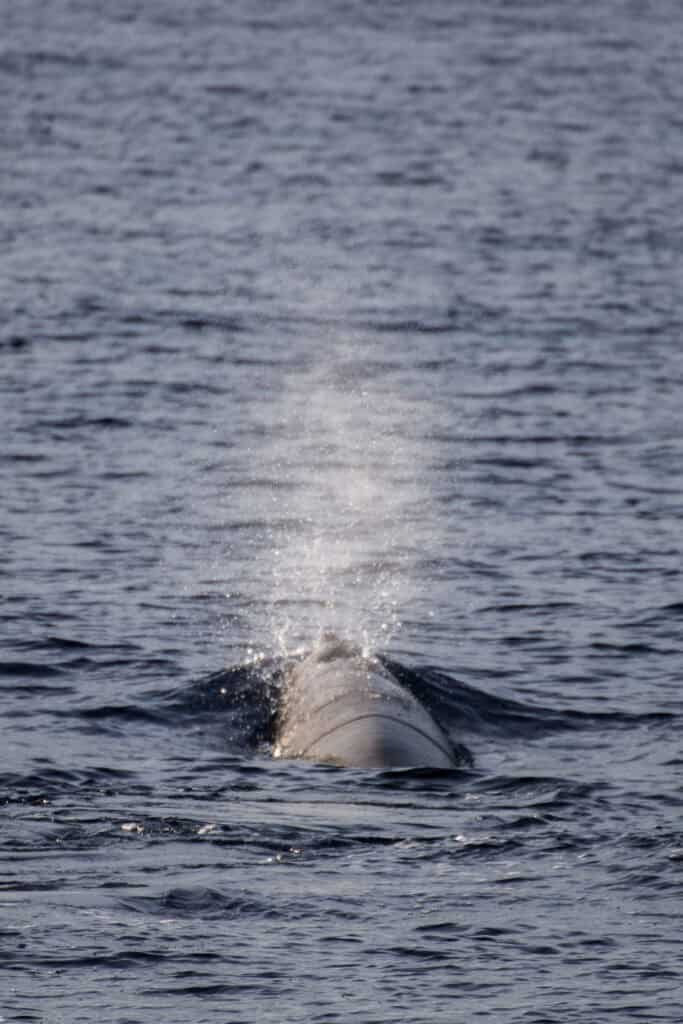
Cuvier’s beaked whales, with their extraordinary diving abilities and adaptations, serve as remarkable ambassadors of the deep ocean. Their existence reminds us of the rich biodiversity beneath the waves and the urgency of protecting these unexplored frontiers. As we learn more about these magnificent creatures, we gain a deeper appreciation for the natural world and the need to preserve it for future generations.
- These Animals Show Unbelievable Human-Like Emotions - August 21, 2025
- Texas Is Home to the Fastest Land Animal in North America, and It’s Not What You Think - August 21, 2025
- Why Great White Sharks Are Getting Bigger Than Ever - August 21, 2025

